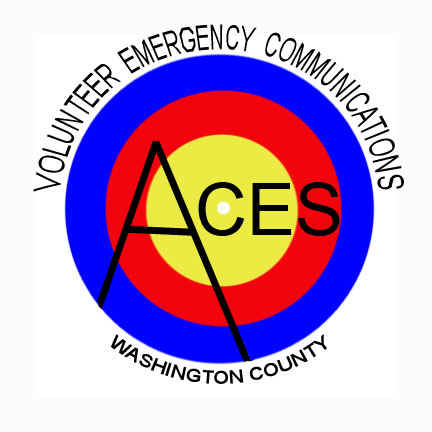 Auxiliary
Communications
Emergency
Service
Auxiliary
Communications
Emergency
Service
|
There have been |
|
|
|
Burnside Bridge Antietam Battlefield Present Alert Status
Alert Status For Airports
|
The first and most important element to follow
when participating in the net is to follow the “directed net” protocols. Proper net procedures don't need to be a chore, rather
they should be “second nature.” This
is a skill that can be developed an d refined by participating in the scheduled nets.
Generally the concept of a directed net means that
ALL communication is done with the permission of the net control (nc). Often we do follow that rule, however during some
events we fall short here, at least I did. We really need think about developing a set of
procedures which will allow us to request permission to transmit and perhaps allow the nc
to prioritize the messages when traffic is heavy. The
following thoughts on “break tags” provides one way of handling this process. The following was developed
from an article in the November 16, 2005 ARES� newsletter. Break Tags
Some of our leaders are drilling their crews on a new method
of getting attention on a net called "Break Tags." When net communication gets heavy, someone may have
a quick solution to a problem that is taking up too much valuable airtime for discussion,
but can't break into the net to share it. We came up with "Break Tags" to deal
with such a scenario. There are currently seven one-word Break Tags. They
are: "answer," "question," "info," "priority,"
"medical," "emergency" followed by your call sign. Most of these tags
have been used with great success in large public/emergency services nets. Here is how
they work: Instead of saying "break" between transmissions during a directed
net, the operator uses the word specified as a Break Tag without a call sign. They are to be used only when the operator's
traffic will be appreciated by net control and results in more efficient communication.
They are to be used wisely, as net control is directed to stop and turn over the net to
the breaker. The message that follows a break should be as short as possible. Definitions
and use:
"Break Tags" takes little training. Its use is contagious and
comes very naturally. I hope that everyone adopts it.The first and most important element
to follow when participating in the net is to follow the “directed net”
protocols. Proper net procedures don't need
to be a chore, rather they should be “second nature.” This is a skill that can be developed and refined
by participating in the scheduled nets. |
|
Send mail to
[email protected] with
questions or comments about this web site.
|
|
The use of the ARES� symbol in any printed matter or in any electronic media, is registered mark of the American Radio Relay League, Incorporated and is used by ARES groups with permission. |
|